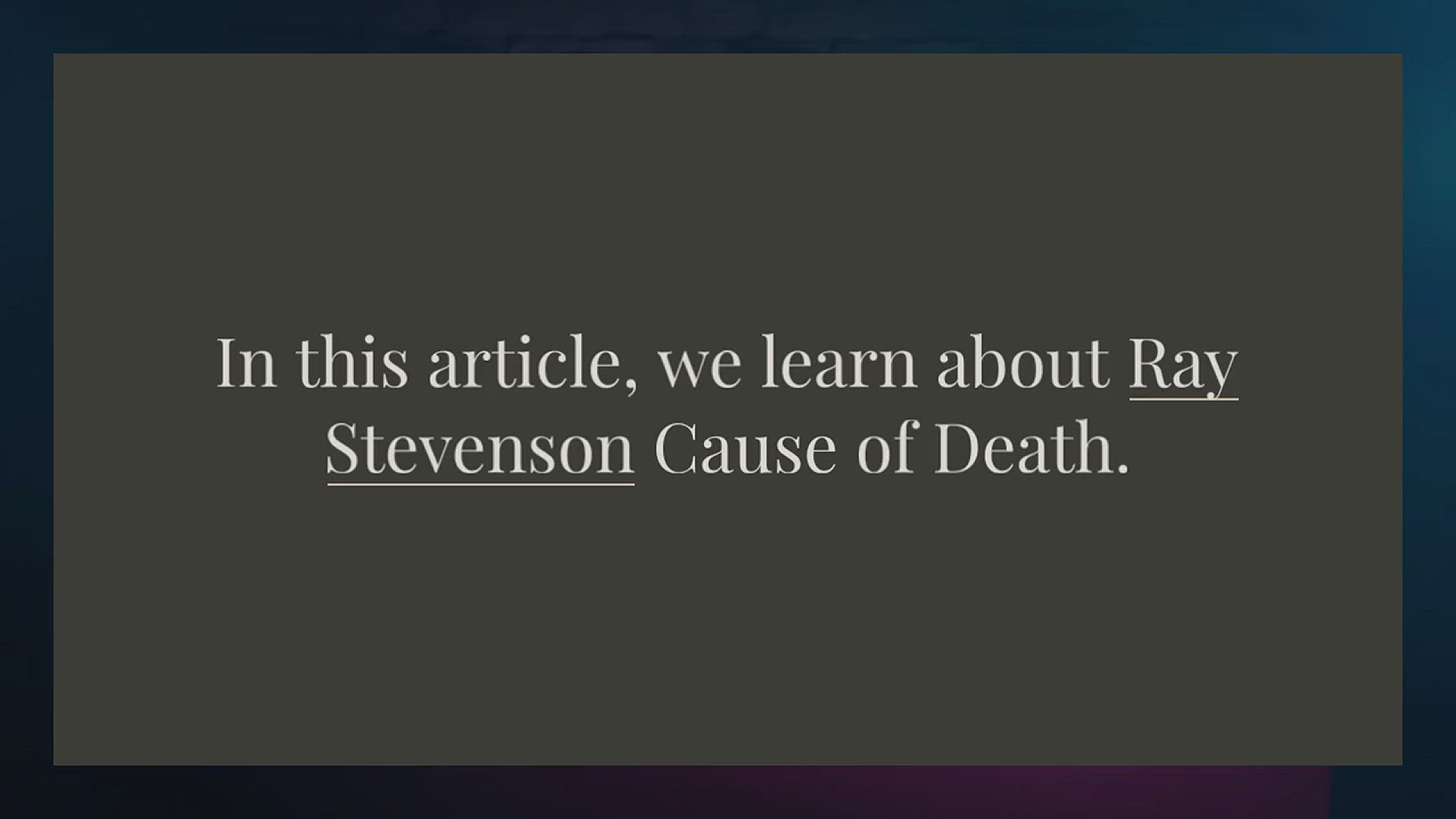Thomas Ince, a prominent figure in the early days of Hollywood, met a tragic end shortly after his 42nd birthday celebration.
However, the truth behind his death is far from the mythical tales that have been spun.
Born into a family deeply rooted in show business on November 16, 1882, in Newport, Rhode Island, Ince experienced both failure and success in his career.
Starting as a stage actor, he eventually became the first film tycoon, revolutionizing the movie-making process that is still in use today.
It was during this time that he found himself aboard a yacht owned by newspaper mogul William Randolph Hearst, which would ultimately lead to his demise.
Several days after leaving the yacht, Ince passed away, and his body was swiftly cremated.
Speculations surrounding his death began to circulate even before his funeral.
Rumors suggested that Hearst suspected his mistress, Marion Davies, of infidelity with Charlie Chaplin.
Davies and Chaplin had accompanied them on the boat, leading some to believe that Hearst accidentally shot Ince instead of his intended targets, Davies, Chaplin, or both.
Ince's journey in the entertainment industry started at a tender age of six when he participated in acting and singing at funerals and weddings.
His father, John “Pop” Ince, initially pursued a career as a vaudeville comedian but later transitioned into a theatrical agent.
On the other hand, his mother showcased her talents as a comic opera singer under the stage names Emma Brennan or Emma Jones.
At the age of 15, Thomas made his debut on Broadway and subsequently formed an unsuccessful vaudeville company.
In 1910, at the age of 28, he managed to secure a position with a small independent film company, despite the challenges posed by Thomas Edison's Motion Pictures Patents Company, which aimed to suppress independent producers.
Ince ventured to Cuba with Mary Pickford and Owen Moore to create movies.
However, it was in Hollywood where Ince found the creative freedom to bring his desired films to life, particularly westerns and Civil War dramas.
After borrowing a suit from a friend and a large diamond ring from a jeweler, he approached the New York Motion Picture Company, which had established a studio on the West Coast for producing westerns.
He successfully secured a position within the company.
Accompanied by his young wife, Nell, and a small entourage, Ince traveled to Edendale, California, where he embarked on revolutionizing the movie-making process.
He introduced the concept of the shooting script and acquired 460 acres of land to establish the first-ever movie studio known as Inceville.
This studio boasted sound stages, offices, sets, dressing rooms, and a commissary.
To enhance the authenticity of his productions, Ince employed a Wild West show comprising cowboys, cattle, and Native Americans who set up their teepees on the studio property.
These teepees coexisted alongside a simulated Swiss landscape, a Japanese village, a Puritan settlement, grand mansions, and cozy cottages.
In addition to these innovations, Ince restructured production methods by placing the producer in charge of the film, shifting the traditional focus from the director and cameraman.
Furthermore, he pioneered the use of the five-reel film at a time when two reels were the standard.
Unfortunately, fires eventually destroyed Inceville, prompting Ince to establish Triangle Studios in collaboration with Mack Sennett and D.W. Griffith.
Three years later, he founded the studios in Culver City that would later become MGM.
This iconic lot witnessed the production of timeless classics such as “Gone with the Wind,” “King Kong,” “Lassie,” and “Citizen Kane.”
After selling his interest in the studio, Ince joined forces with Adolph Zukor to form Paramount Pictures before venturing into his own studio once again.
At Thomas H. Ince Studios, he created a few memorable films, including “Anna Christie” and “Human Wreckage.”
However, he gradually lost power and influence to rival studios, and by 1924, rumors began circulating about his financial struggles.
Allegedly, he sought a deal with Hearst to rescue his declining fortunes.
On November 16, Ince boarded Hearst's extravagant yacht, The Oneida, as a guest of honor to celebrate his 42nd birthday.
Chaplin, Davies, and actress Elinor Glynn also joined the festivities.
After dinner, Ince experienced severe indigestion, likely exacerbated by champagne consumption and eating salted almonds, which were forbidden due to his peptic ulcer.
While allegations of a cover-up emerged following his death, the true concealment related to Ince's deteriorating health.
His colleagues had witnessed him doubling over in pain from indigestion, suffering from chest pains, and even experiencing insomnia towards the end of his life.
A physician onboard the yacht, Dr. Goodman, diagnosed Ince as severely ill, prompting his removal from the vessel via a water taxi.
He was then transported by train to Los Angeles.
However, Ince's condition worsened during the journey, forcing the train to make an unscheduled stop at Del Mar, where he received treatment at a hotel.
He returned home the following day, November 19, only to pass away.
According to Ince's death certificate, heart failure was the cause of his demise.
Nevertheless, the front page of the Los Angeles Times initially ran a headline proclaiming, “Movie Producer Shot on Hearst Yacht.”
These headlines soon vanished, replaced by reports from Hearst's newspapers suggesting that Ince had fallen ill at Hearst's San Simeon estate.
Adding to the confusion were the lies and denials from Hearst's guests.
However, prior to his cremation, Ince's body lay in an open coffin for an hour, during which no one observed a bullet hole on his forehead.
This enigmatic story has persisted throughout the years, inspiring a mystery novel written by Hearst's granddaughter, Patty, and a subsequent film titled “Cat's Meow.”
(Updated in 2023)































